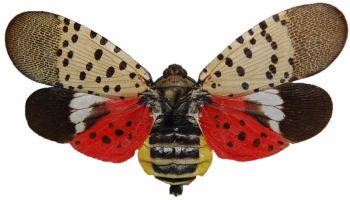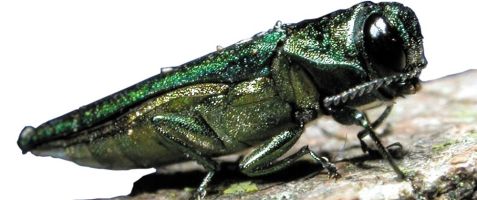Do You Need to Worry About Tree Cavities?
Trees commonly have knots, splits, hollows, and even cavities in their trunks or branches. These features are part of the visual interest trees provide and are produced during growth that follows some sort of injury to the tree. Battle scars, you might say, often result from the tree growing around or over a wound to heal and strengthen the area. But do you need to worry about tree cavities?
The answer depends on numerous factors, such as the location and size of the cavities.
Location of Tree Cavities
One of the significant factors for whether you need to worry about your trees having cavities is the location of the cavities. Trees with cavities are often just as strong as ever, but certain areas can indicate significant risks.
- If the cavity is near the tree’s base, then the tree may be at risk of falling over.
- If the cavity is at a branch attachment (where the branch is connected to the trunk) the branch could fall in severe winds or when carrying extra weight, such as ice or snow.
If you see a tree cavity in these areas of your tree, call a professional arborist to examine them.
Size of Tree Cavities
Another issue that can signify the risk of cavities in trees is their size. If a cavity is small, you may be able to leave the tree alone as the cavity is too small to compromise the tree’s structural integrity. On the other hand, a large cavity is a cause for concern. For example, if the diameter of the tree cavity is too big in relation to the trunk’s girth, the cavity may cause weakness resulting in the tree falling. To ensure that your home and its occupants are safe, have any worrisome tree cavities or splits checked out by a tree care professional.
Tree Care for Abnormalities
Some tree abnormalities need no special attention. The tree has healed and compensated for the weakness from the injury. Other abnormalities require treatment to ensure the tree’s continued stability and health. Some trees with abnormalities need to be removed for the safety of surrounding property or people.
Tree Cavities and Hollows
Tree cavities and hollows are sunken or open areas in a tree that typically occur when the tree has suffered some injury, followed by decay. In some cases, the decay goes too far, and the tree is unable to survive. However, the healthy tree tissue surrounding the decay is protected in most cases. As a result, the tree survives, leaving a hollow area or hole.
Some sources estimate that a tree can lose up to 70% of a cross-section of wood and still safely support itself. This is because the tree tends to heal itself, and the buildup of the tree trunk around the wounded area reinforces the stability. However, if the wood is weak, or other factors exist, such as insects attracted to the decay and spreading out, the tree could be at risk of falling. A certified arborist or other tree care specialist can assess the risk and advise you if the tree has a moderate or significant chance of failing.

If the tree is stable, no treatment is necessary. However, some homeowners choose to have the tree filled, either for aesthetic purposes, to keep young children from playing in the tree, or keep animals from nesting inside. If you choose to fill the tree, use a foam filler. Concrete was a standard filler in the past. However, trees move with the wind and continue to grow, so the unyielding concrete acts as an irritant that can cause even more damage to the tree.
Forks or Splits
Sometimes branches fork off from the tree trunk at sharp angles. As the tree matures, the branches get thicker and heavier and are more prone to breaking off. If the fork occurs in the early formation of the tree, two main tree branches can seem like separate trunks of the tree.
Either way, forks such as this can cause tree branches to break off under pressure. V-shaped forks are the riskiest and should be monitored if a large tree is near power lines or structures. A certified arborist can fortify the connection by cabling and bracing the tree in many cases. This service utilizes cable lines and bracing rods to redistribute structural stress and help prevent structural damage.
Contact Stein Tree for Tree Care
Stein Tree Service strives to provide excellent service to homeowners in Delaware, Pennsylvania, and Maryland. Our services include tree inspection, insect infestation prevention and treatment for emerald ash borer, tree trimming and pruning, tree removal, and cabling or bracing. In addition, we are available 24/7 for emergency tree services, and we offer free consultations. For information about tree care, visit our website, or contact us at 302-478-3511.




